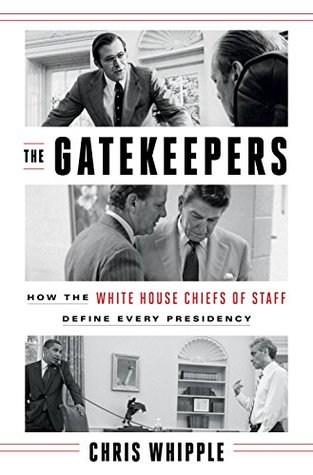More on this book
Community
Kindle Notes & Highlights
Read between
January 8 - January 9, 2021
“You’ve got to slow down, and listen,” he said. “You’ve got a lot of smart people who are in that building with you. And you’ve got to resist the temptation to always have the answer. Slow down, listen. You’ll learn a lot and you’ll make better decisions.”
“Try to keep some perspective about what you’re doing and try to maintain your humanity,” he told Rahm. “You don’t always succeed. We’re all human and we make mistakes.
“Every president reveals himself,” says historian Richard Norton Smith, “by the presidential portraits he hangs in the Roosevelt Room, and by the person he picks as his chief of staff.”
The White House chief translates the president’s agenda into reality. When government works, it is usually because the chief understands the fabric of power, threading the needle where policy and politics converge.
Some of the great blunders of modern history have happened because a chief of staff failed to tell the president what he did not want to hear.
The man considered the gold standard in the job, James Baker, found the experience so emotionally grueling and deeply painful that he went to Ronald Reagan and tried, unsuccessfully, to quit.
But the “staff system” conceived by Haldeman is a model of governance designed to prevent calamity. Time and again, presidencies that have failed to follow it have paid a heavy price.


